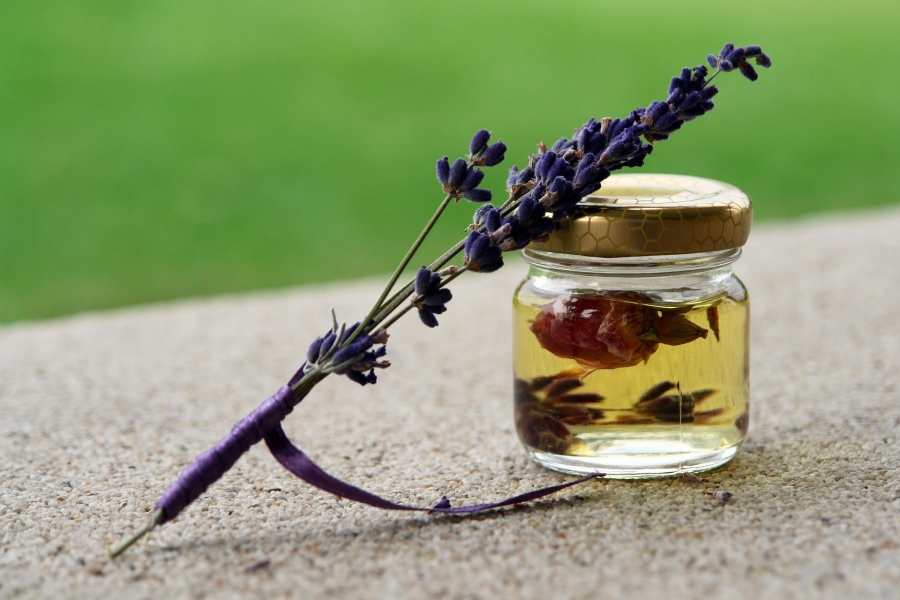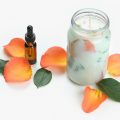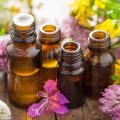Essential oils are substances removed from various components of a tree or plant and turned into products which are claimed to possess beneficial properties and often used for therapeutic purposes. Chamomile, lavender, peppermint, lemon, ginger, and sage are among the most common.
Essential oils are created through a process called extraction. There are, however, a number of different methods of extraction. The method chosen typically depends upon the type of plant or tree the substance is being extracted from.
Distillation
In this process, plant material is placed inside a steel container called a still. From there, steam is shot into the plant, the desired oils are extracted and turned into vapor. The vapor then travels into an apparatus known as a condenser where hot water is removed and cold water is added. Eventually, the vapor cools and morphs into a liquid state. This is the method by which doTERRA products are made.
Solvent Extraction
During this form of essential oil removal, chemical solvents are applied to plant parts to produce a substance referred to as concrete. Alcohol is then added to the concrete causing the release of oil particles.
CO2 Extraction
This removal method involves pressurizing carbon dioxide until it liquefies. Once the gas enters a liquid state, it is forced into a chamber housing the plant materials. During the next stage, the liquid carbon dioxide acts as a solvent by drawing out the oils contained within the plants.
Maceration
Maceration involves breaking plant materials down until being turned into powder. The powder product is then poured into a closed container and mixed with a chemical solvent. Once the mixture is established, the concoction is left to stand for about one week’s time, occasionally shaken. After the week expires, the liquid is strained and ultimately clarified through a process called filtration.
Cold-Press Extraction
This method, also referred to as Expression or Scarification, is most often employed to extract essential oils from the peels of citrus fruits. A whole fruit is first placed into a machine which then presses it until rupturing the essential oil sacs. Once pressing is completed, the fruit’s oil and juices are separated from solid material until finally, the oil separates from the juice and is placed into its own container.
Enfleurage
Though not often utilized in modern times, enfleurage involves positioning flowers or flower petals atop grass plates covered in animal or vegetable fat. The flowers then typically stand for a period of a couple of days to a couple of weeks. During the waiting period, the scent of the flowers seeps into the fat.































No Comments
Leave a comment Cancel